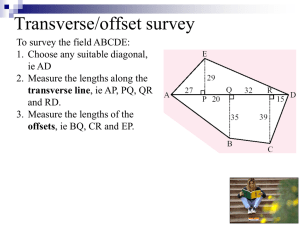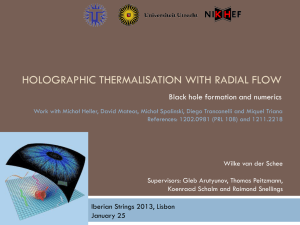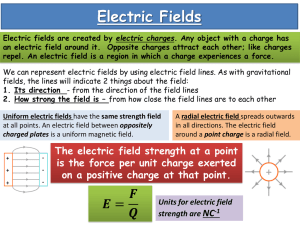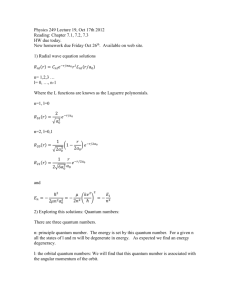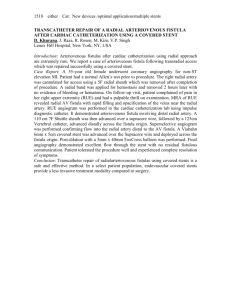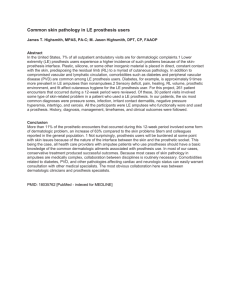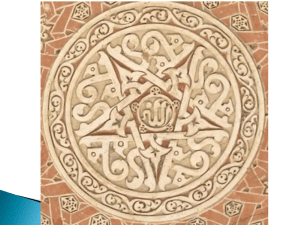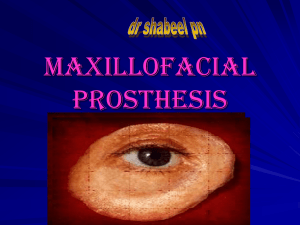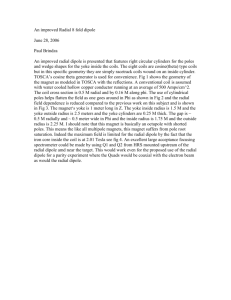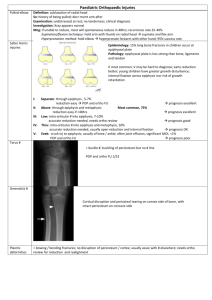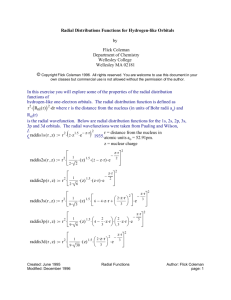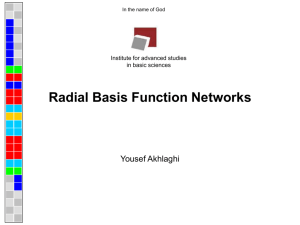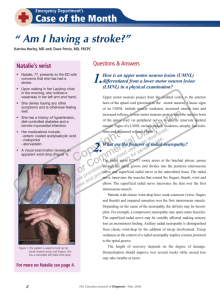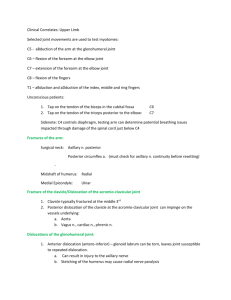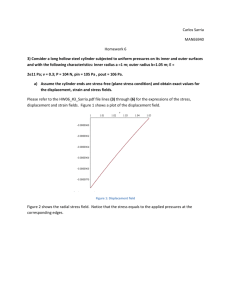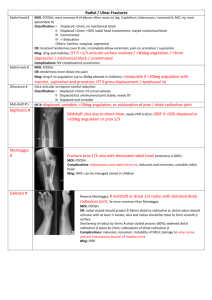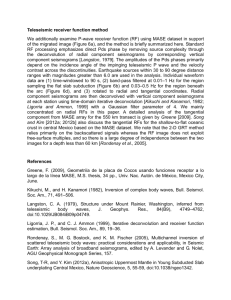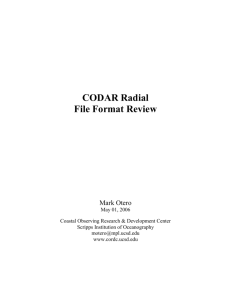indications and outcomes for radial head
advertisement
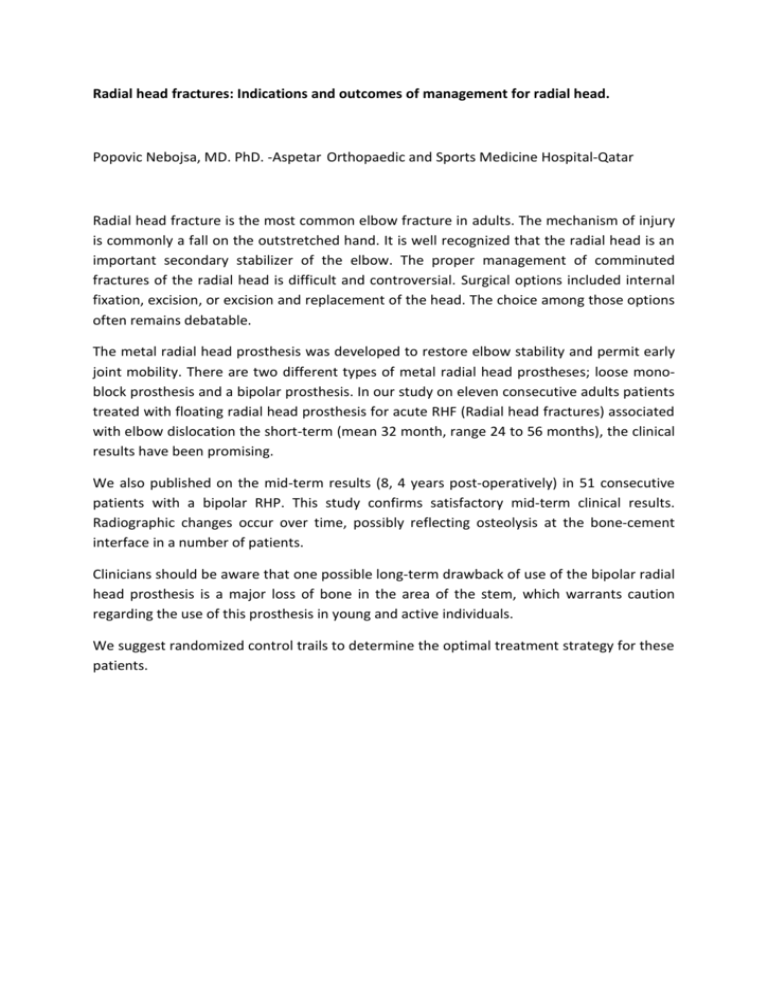
Radial head fractures: Indications and outcomes of management for radial head. Popovic Nebojsa, MD. PhD. -Aspetar Orthopaedic and Sports Medicine Hospital-Qatar Radial head fracture is the most common elbow fracture in adults. The mechanism of injury is commonly a fall on the outstretched hand. It is well recognized that the radial head is an important secondary stabilizer of the elbow. The proper management of comminuted fractures of the radial head is difficult and controversial. Surgical options included internal fixation, excision, or excision and replacement of the head. The choice among those options often remains debatable. The metal radial head prosthesis was developed to restore elbow stability and permit early joint mobility. There are two different types of metal radial head prostheses; loose monoblock prosthesis and a bipolar prosthesis. In our study on eleven consecutive adults patients treated with floating radial head prosthesis for acute RHF (Radial head fractures) associated with elbow dislocation the short-term (mean 32 month, range 24 to 56 months), the clinical results have been promising. We also published on the mid-term results (8, 4 years post-operatively) in 51 consecutive patients with a bipolar RHP. This study confirms satisfactory mid-term clinical results. Radiographic changes occur over time, possibly reflecting osteolysis at the bone-cement interface in a number of patients. Clinicians should be aware that one possible long-term drawback of use of the bipolar radial head prosthesis is a major loss of bone in the area of the stem, which warrants caution regarding the use of this prosthesis in young and active individuals. We suggest randomized control trails to determine the optimal treatment strategy for these patients.


